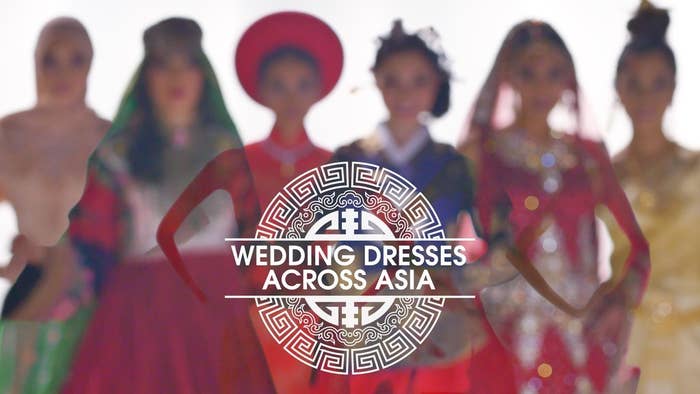
Traditional Asian fashion arguably showcases some of the most beautiful, intricate garments in the world, though many aren't aware that these gowns even exist. Watch as brides strut the runway in a diverse collection of wedding dresses from across Asia.
View this video on YouTube
Music - "Mink & Shoes" (feat. Navid Izadi) by Psychemagik
The History Of The White Wedding Dress
When you think of a wedding, there's a rush of visual and emotional motifs that are ingrained in our modern conception of matrimonial bliss, but nothing is more iconic than the wedding dress. Or, to be more specific, the white wedding dress. But when and why did we begin to associate bridal fashion with the color white?
Queen Victoria began the trend of wearing a white dress when she wed Prince Albert in 1840. Before then, wedding gowns were actually made of the most fashionable colors of the time, with red being a popular choice. Ever since then, in Europe, North and South America, and elsewhere around the world, the white dress has dominated wedding fashion.
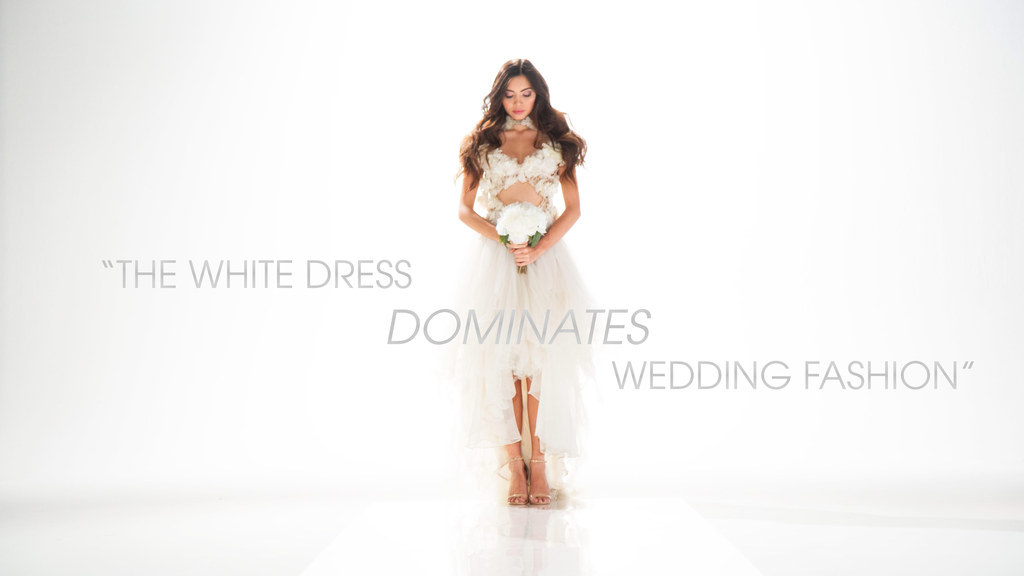
The white dress, then, is of Western origins, and its influence doesn't necessarily apply to all corners of the globe, especially across the Asian continent. It's possible that brides typically wear white in countries where Christianity is the dominant religion. In fact, white was originally a color for mourning and continues to be associated with funerals across Asia.
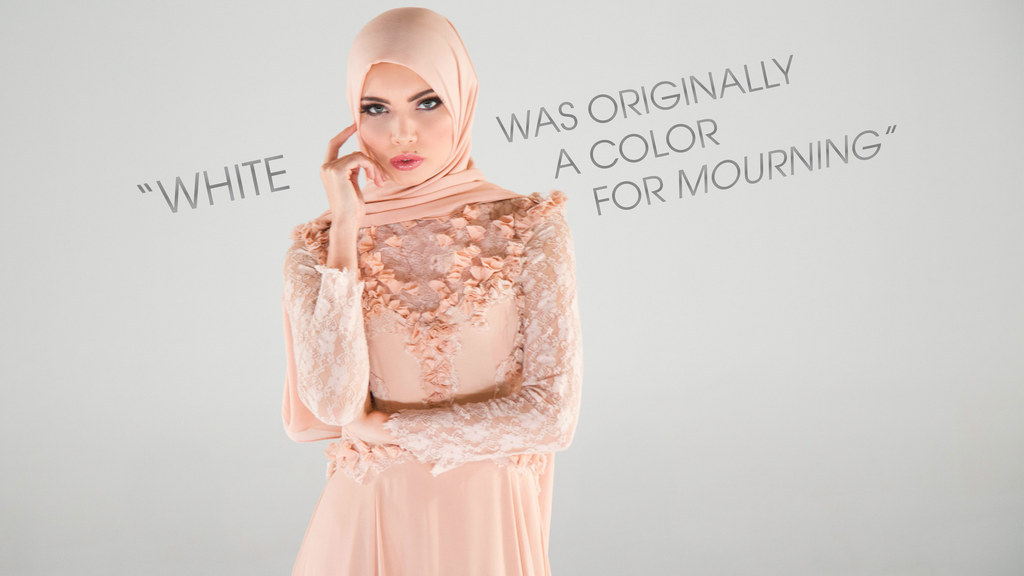
Asia, in particular, offers a wide variety of dazzling cultural dresses that continue to be worn for wedding ceremonies today. Many brides throughout Asia wear their country's traditional cultural gowns in addition to the white, more Westernized dress.
THAILAND
Most people dream of traveling to Thailand, a lush Southeast Asian country, with its tropical beaches, ancient palaces, and smiling people, but perhaps we should start including their gorgeous, figure-flattering dresses in our wanderlust fantasies.
Throughout the 1960s and 1970s, Queen Sirikit was a major influence on fashion in Thailand and was considered the best dressed woman in the world by Thai citizens. She is credited with reviving the status of Thai silk, often used in Thai national dress. The official Thai national dress is known as ชุดไทยพระราชนิยม (Chut Thai Phra Ratcha Niyom), and it can come in various styles, depending on the occasion.
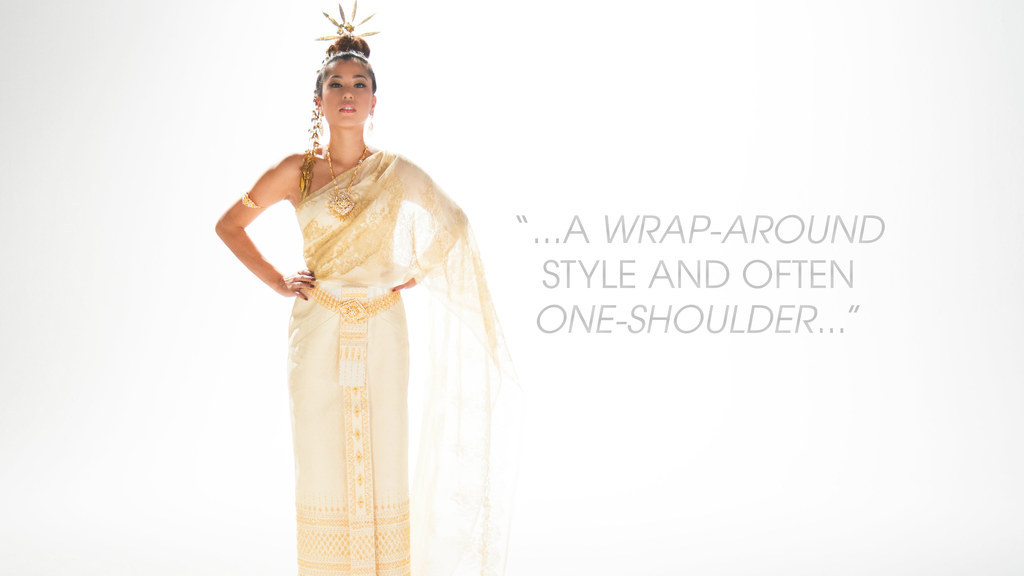
The more modern, fashionable Thai dresses are called ชุดไทยประยุกต์ (Chut Thai Pra Yook). The traditional dress is a wrap-around style and often one-shoulder, including a silk shawl called a สไบ (sabai). White isn't the color of choice, as pastels and creamier colors are most common for Thai wedding dresses.
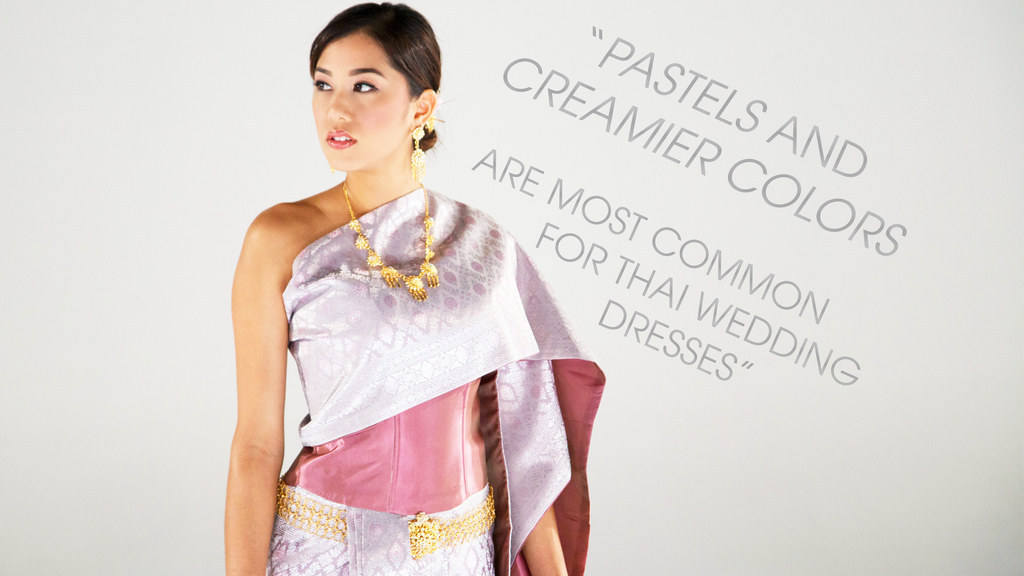
AFGHANISTAN
Afghanistan, a landlocked South-Central Asian country, has a rich and vibrant history with an even richer and more vibrant national dress. Its location along the historic Silk Road connected it to a myriad of other cultures and their influences, from the Middle East to more eastern Asian nations.
The traditional dress of the Kuchi, a nomadic Afghan tribe, is bright and colorful, showcasing intricate embroidery and geometric patterns. It often contains elaborate embroidery using thin threads (a style known as khamak), sometimes with metal or coins sewn into the fabric.


VIETNAM
Vietnam's past has seen its fair share of outside rulers, from imperial China to the colonial French, but its definitive dynastic era truly shaped the unique culture of this Southeast Asian nation, including its traditional fashion. Vietnamese wedding fashion wonderfully includes, against all traditional bridal logic: pants and a hat.
The national Vietnamese costume is the áo dài; the formal áo dài still worn today were modeled after the Nguyễn Dynasty (1802 - 1945) court ladies. The áo dài is a long silk tunic worn over pants, which makes Vietnam one of the very few countries where the bride wears pants.
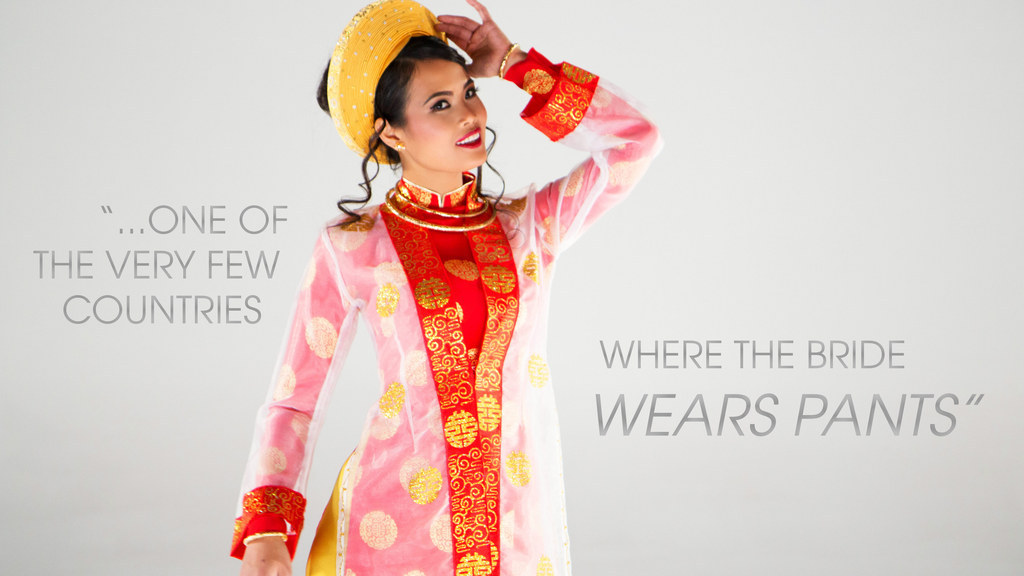
The distinctive, circular headdress is called the khăn đóng. Symbolically, in both Vietnamese and Chinese culture, a woman is represented by the phoenix while a man is represented by the dragon, which can be reflected in the embroidery.
As for the color white? Like several other Asian countries, the Vietnamese bride often wears red - red is thought to bring good luck to the couple.
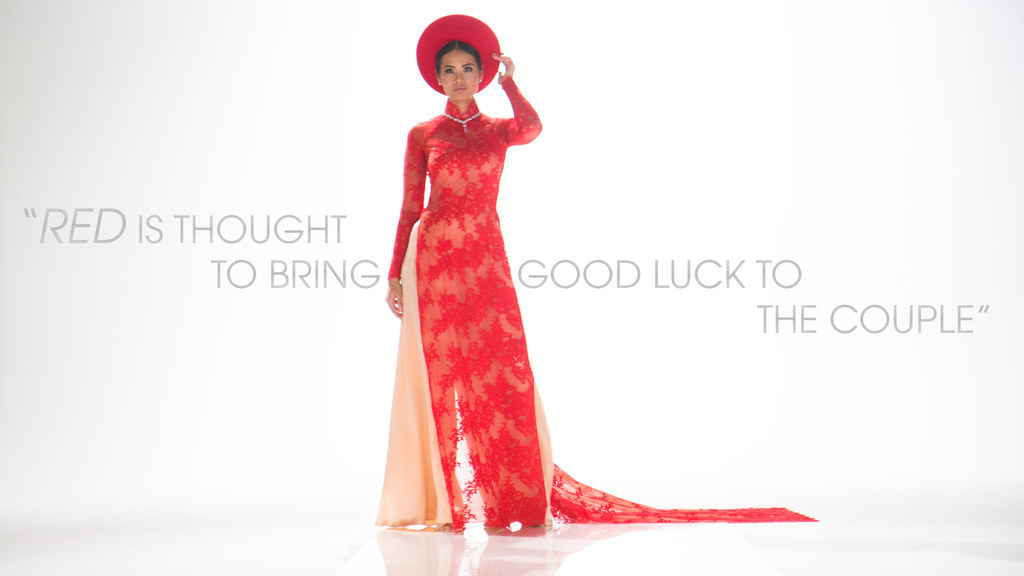
INDIA
You can't have a discussion about Asian weddings without including the lavish, spectacular matrimonial traditions of India, a South Asian nation with over a billion citizens, and the stunning dresses that make brides look like a billion dollars.
Indian bridal fashion comes in a wide diversity of ornate styles and colors, though red silk is the most traditional. The history of traditional Indian women's clothing can be traced back to the Indus Valley Civilization (c. 3300 BCE – 1700 BCE). A typical bridal look includes a चोली (choli - midriff-baring blouse), लहंगा (lehenga - skirt), and दुपट्टा (dupatta - multi-purpose scarf).

Much of what makes Indian bridal looks so opulent are in the fine details. Indian fashion includes exquisite embroidery and embellishments, making their gowns quite heavy. Brides can accessorize with a bindi or a tikka, a piece of jewelry worn on the head and forehead. Mehndi, or henna, is part of the Hindu tradition, particularly for weddings and festivals, and is typically applied to the bride's hands and feet.

KOREA
Before North Korea and South Korea were divided at the 38th parallel after the Korean War, Korea (referring to both countries in this article and video) as a united East Asian nation shared a long history that includes gorgeous gowns with an unmistakable silhouette that has come to define their fashion culture.
The 한복 (hanbok) is the national costume of Korea: a multicolored gown, primarily comprised of a tightly-fitting 저고리 (jeogori - a jacket with two long ribbons) and a high-waisted 치마 (chima - skirt). Today's bell-shaped hanbok descends from those worn in the lengthy Joseon period. The signature voluminous, high-waisted skirt makes Korean dresses the princess ball gowns of Asia.
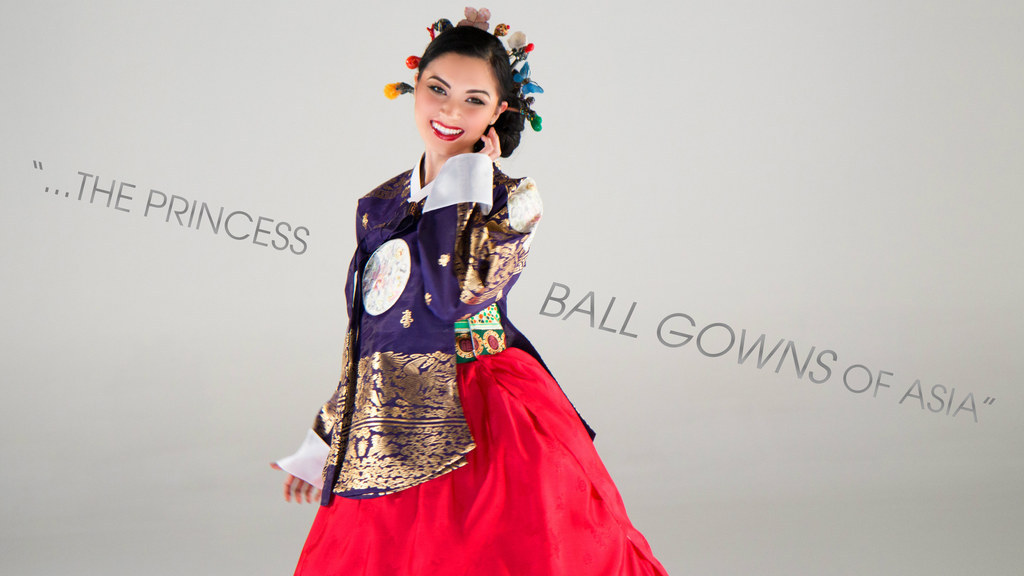
In regards to styling the hair, brides may adorn it with traditional hair pins called 비녀 (binyeo) or a crown called a 족두리 (jokduri). Hanboks themselves signal many distinct attributes of its wearer. Different colored hanboks have different meanings, so certain colors were not allowed to be worn depending on one's status. Even today, Koreans must be careful of what color hanboks they choose to wear, as certain colors can signify one's age. Amazingly, hanboks are typically custom-made for the woman who wears it, so no two hanbok are exactly alike.
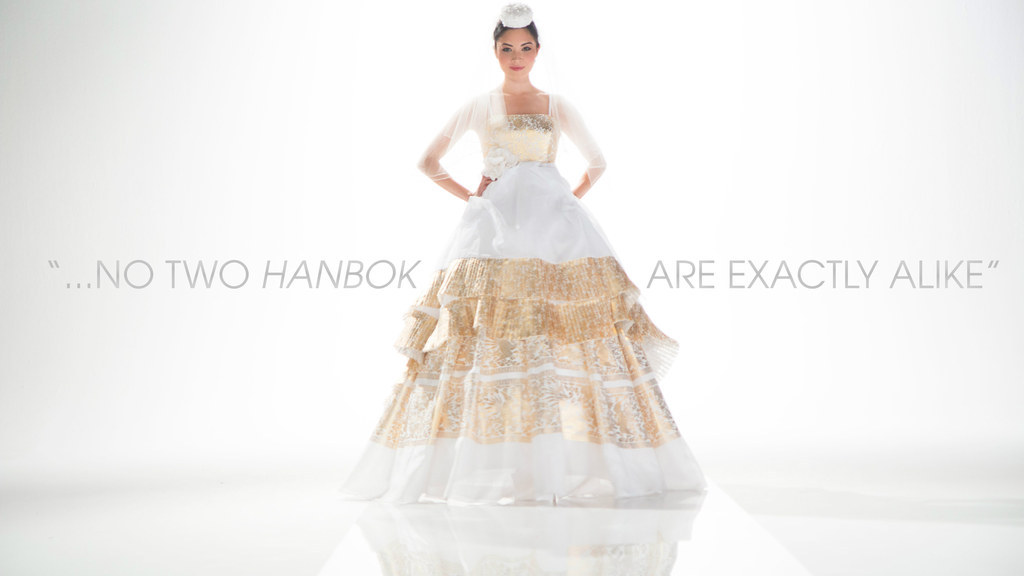
Does your country have a unique, traditional dress that you'll be wearing on your wedding day?
See how this video was made and go behind the scenes at BuzzFeed Motion Pictures for the very first time! Follow producer Eugene Lee Yang's process as he develops this project from conception to release in the hopes of creating another viral hit.
View this video on YouTube
Check out the entire BuzzFeed.com post on Behind Eugene.


